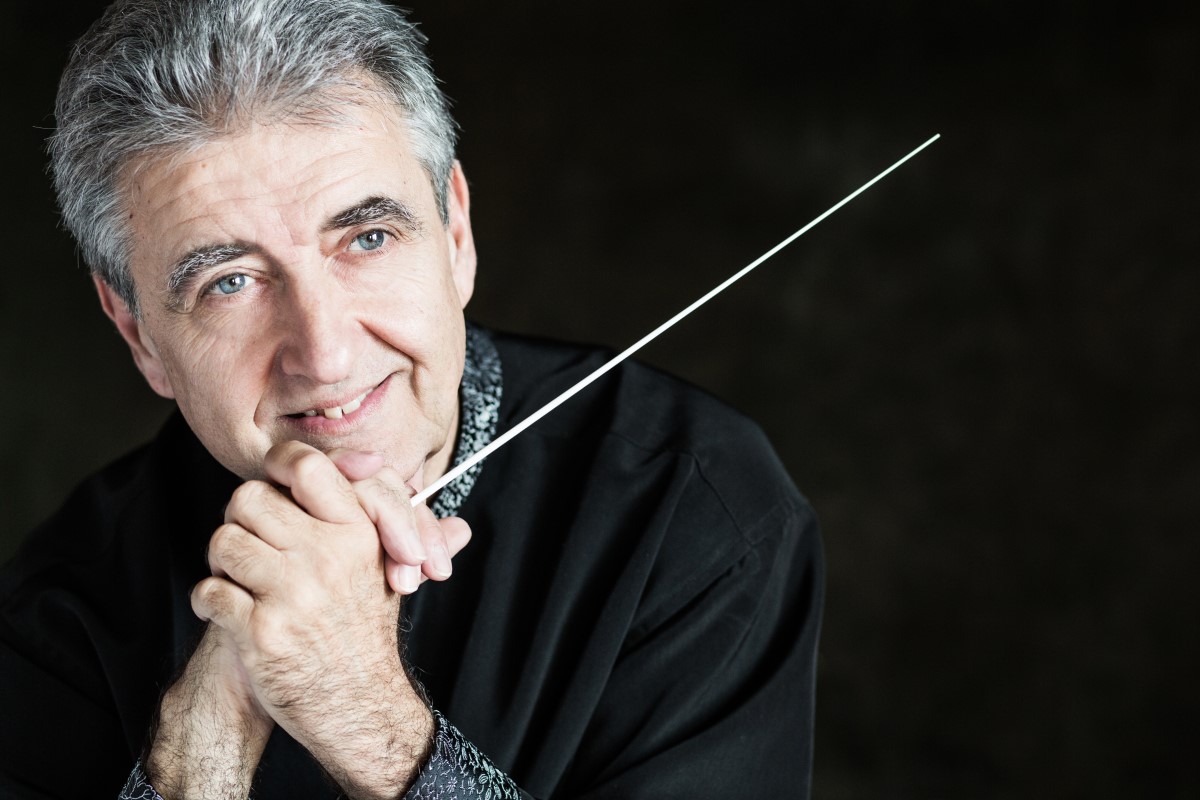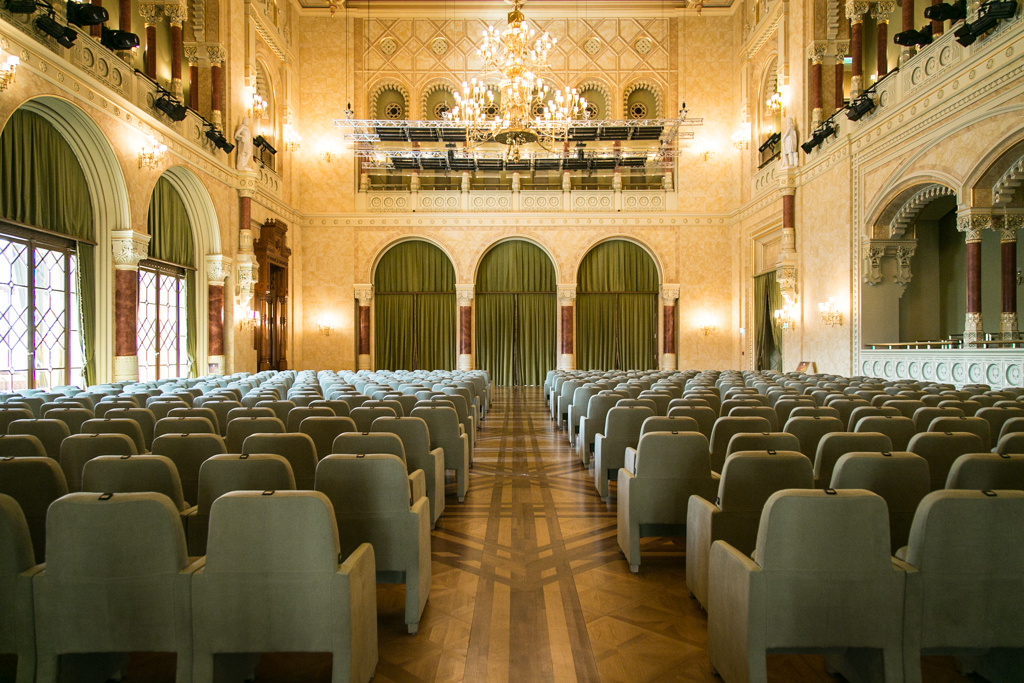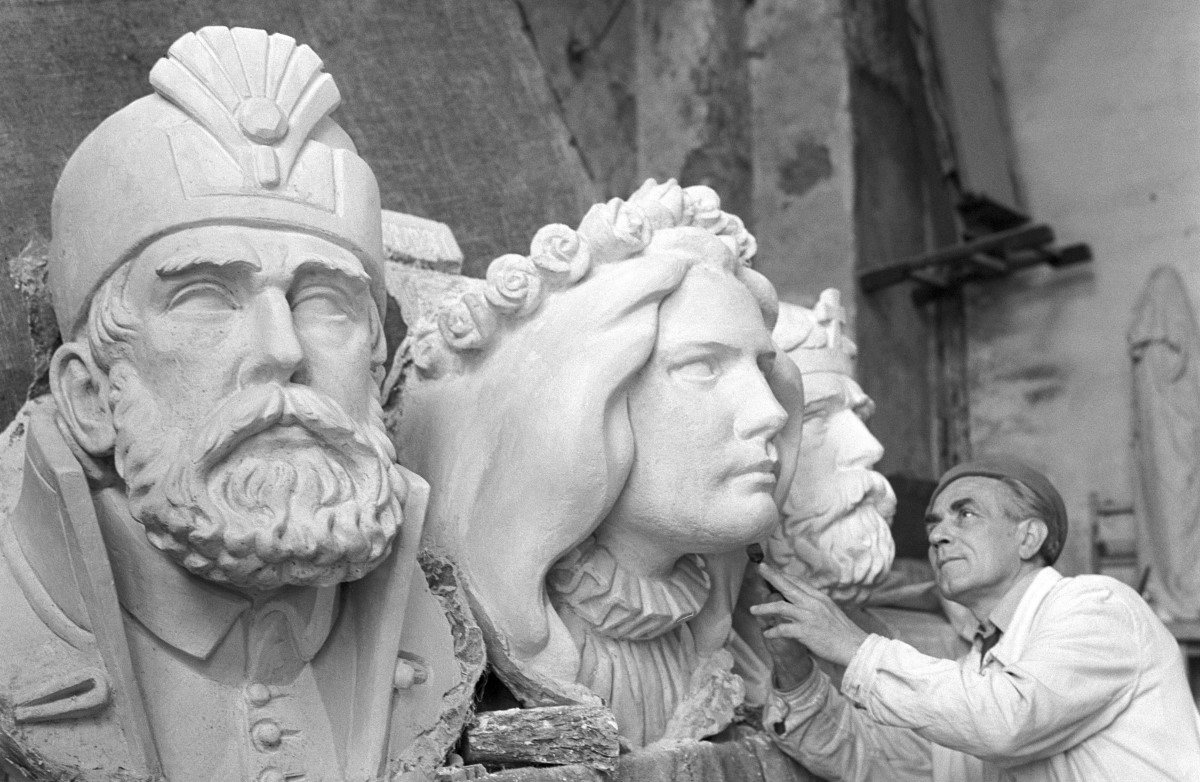
Ticket prices
The first part of this concert features Symphony No. 2 by Robert Schumann. The composer created this piece during one of the difficult periods of his life: Symphony No. 2 was composed in 1845-46 and Schumann said he was in a bad condition and shape when he started writing this music, and he only got better and recovered by the time he had finished this composition. Symphony No. 2 seems to describe the composer’s emotional and psychiatric state, and mirrors his recovery. One of the fundamental motifs of this piece is an aspiration from darkness to light. This motif is also present in such exemplary works greatly esteemed by Schumann as Beethoven’s Fidelio and Symphonies No. 5 and 9. Another impact apparent in this piece comes from the music of the past: at that time Schumann and his wife Clara closely studied Bach’s musical style. Unlike earlier, from this activity Schumann was not expecting inspiration: he was consciously developing his skills as a composer, and part of this development also entailed practising writing counterpoints.
The other composer featured by this concert is Mozart, who 50 years ago also studied Bach’s musical art, which had a proliferating effect on him. The creation of Mozart’s Mass in C-minor is known to have been associated with an oath: on the occasion of his marriage, Mozart pledged to compose a mass. Unlike his earlier masses, this time Mozart planned to compose a cantata-type mass of a great scale. As early as in 1782, he set to work and continued to compose this piece up until May next year, but the composition was never finished. Eventually the mass remained fragmented: apart from Kyrie and Gloria, Sanctus and Benedictus were prepared. Moreover, only the first two movements of Credo were composed (“Credo in unum Deum” and “Et incarnatus”) and actually nothing of Agnus Dei. At the time of the composition of this piece, Mozart’s attention turned to Baroque composers: he copied several fugues by Bach and he also composed a suite and several fugues. Mozart’s Mass in C-minor is the composer’s first musical piece of a greater scale, which exhibits signs of Mozart acquainting himself with Bach’s and Händel’s music. It is partly due to this encounter that Mozart developed a keen and deeper interest in the counterpoint. More importantly, however, this is the first musical piece to feature a type of archaising tone, which by that time had become part of Mozart’s composer repertoire.
The completed movements of Mozart’s Mass in C-minor, coupled by two new arias, were re-used by Mozart in 1785 in his music entitled Davidde penitente (K. 469), a cantata commissioned by the Tonkünstler-Sozietät and performed at the Society’s concert.
Programme:
Schumann: Symphony No. 2
Mozart: Mass in C-minor
With:
Andrea Csereklyei – soprano
Gabriella Balga – mezzo-soprano
Balázs Papp – tenor
Domonkos Blazsó – bass
Budafoki Dohnányi Ernő Symphony Orchestra
Budapest Academic Choral Society
Conductor: Gábor Hollerung
Organiser: Budafoki Dohnányi Ernő Symphony Orchestra
Ticket prices
Event location





